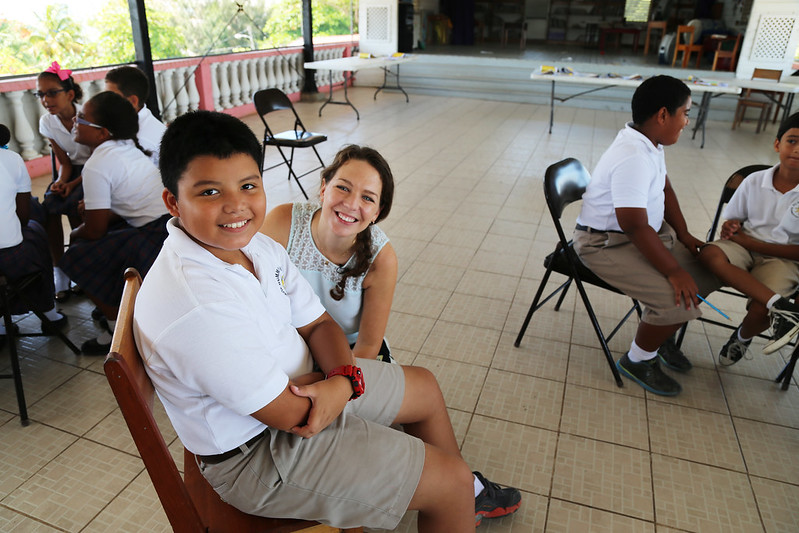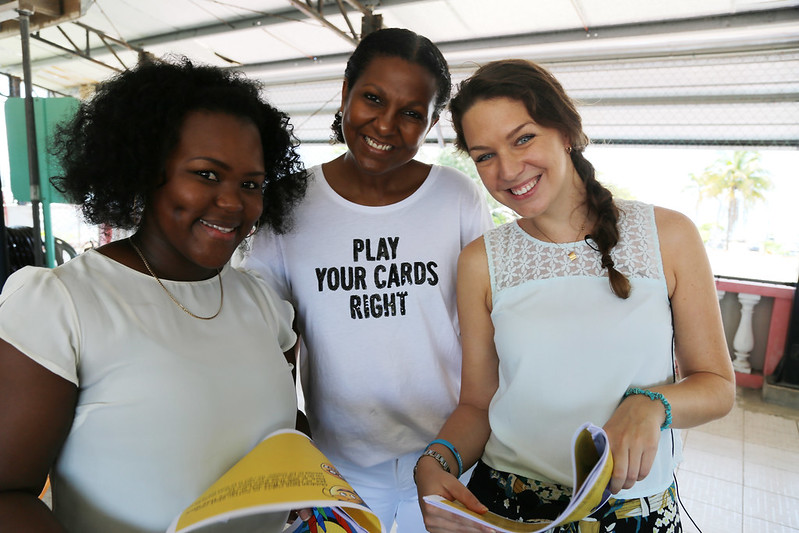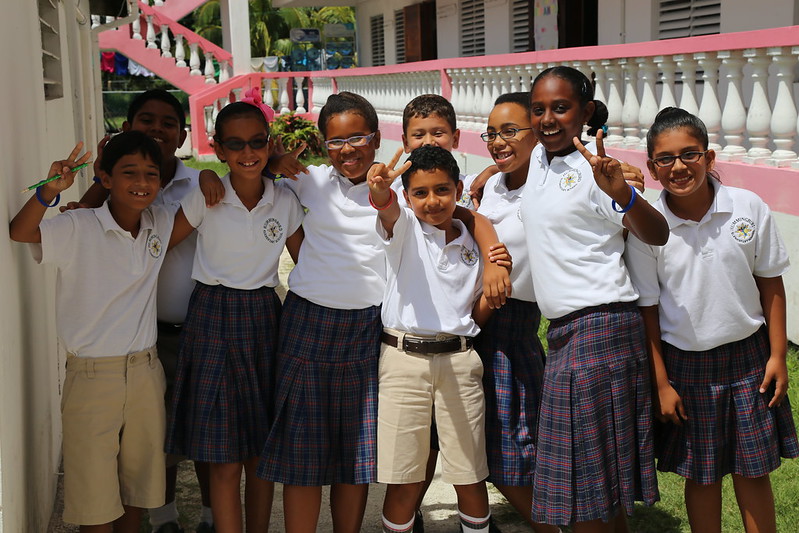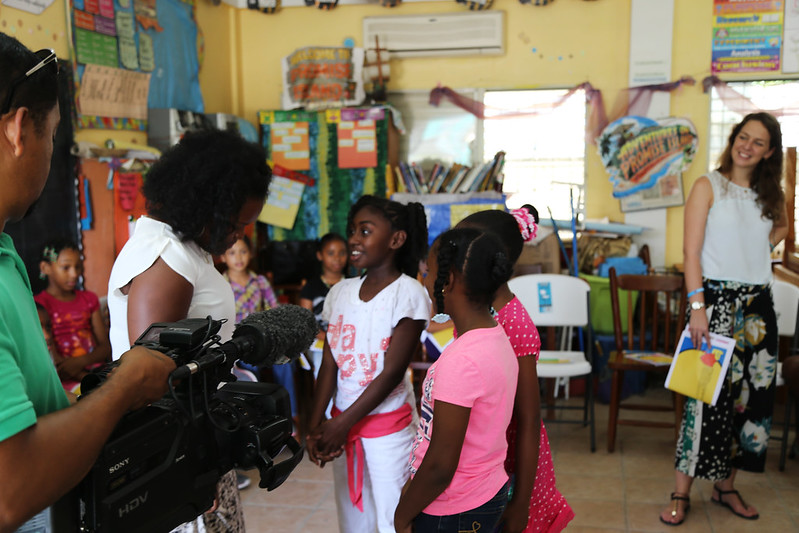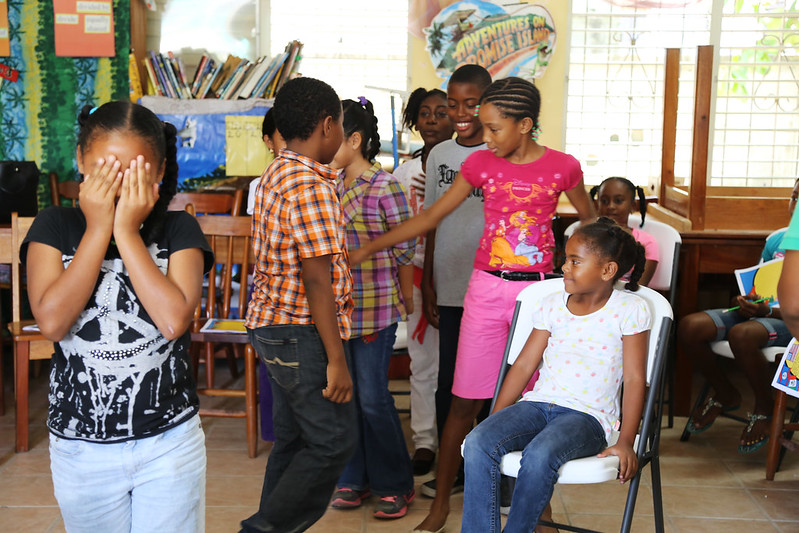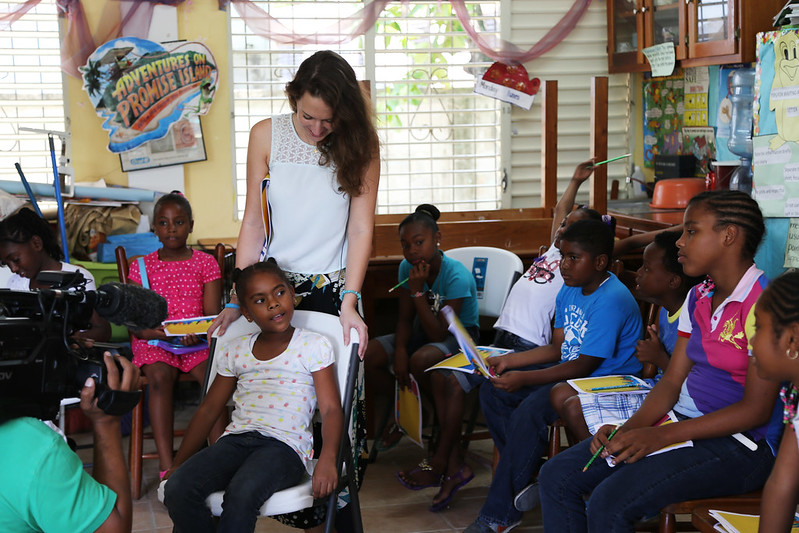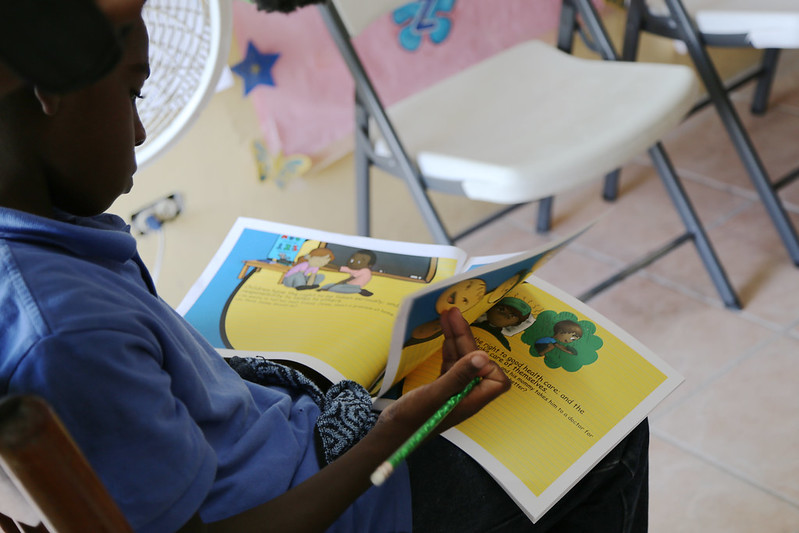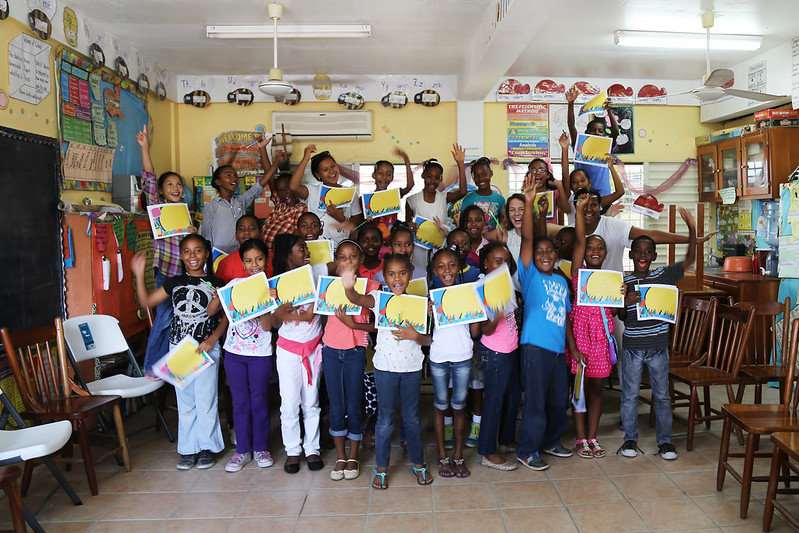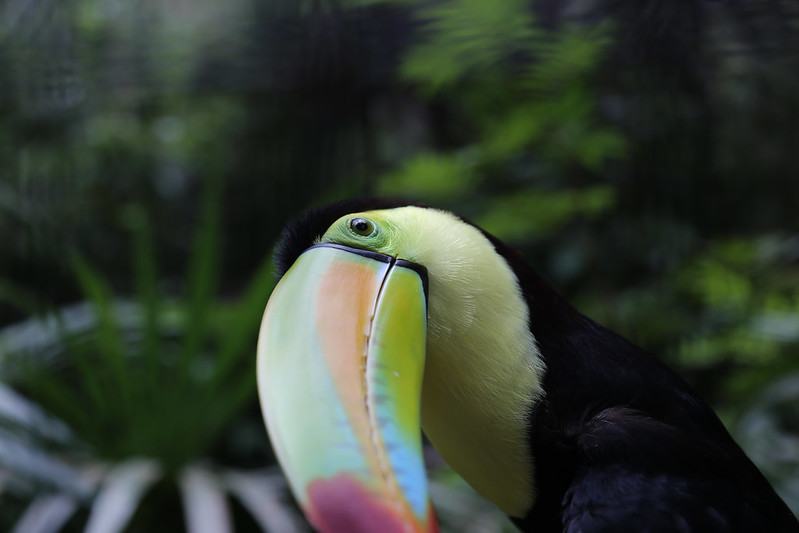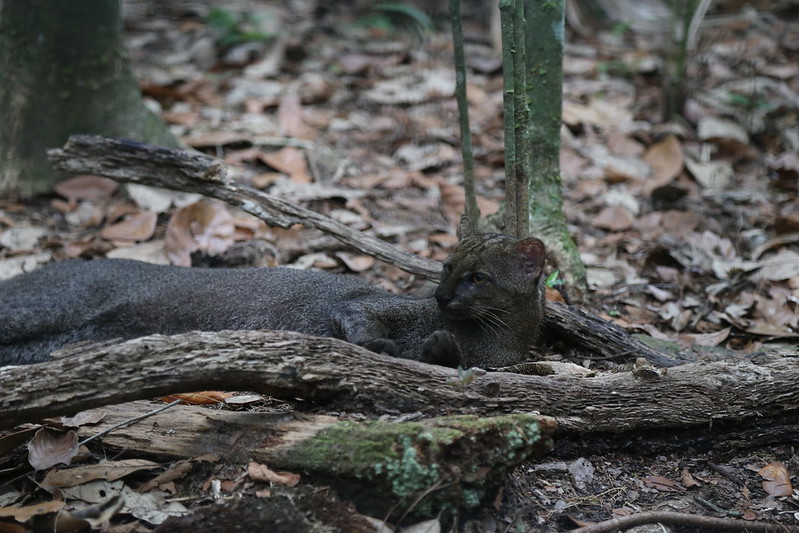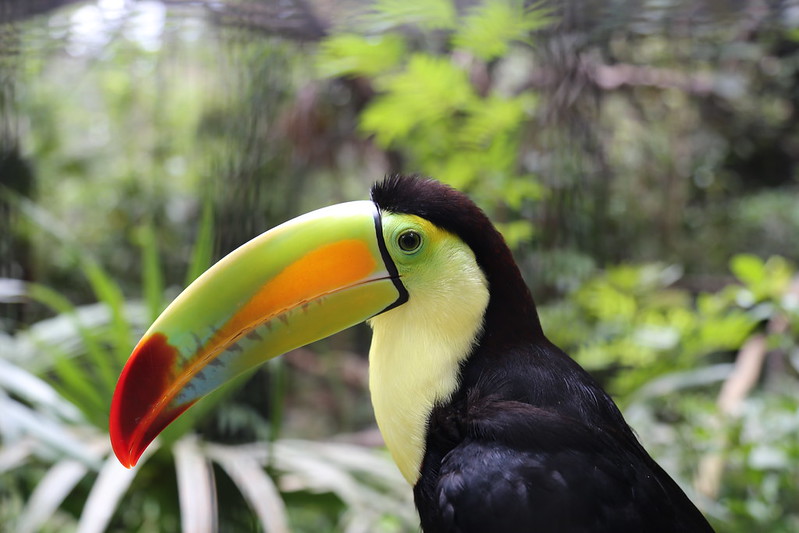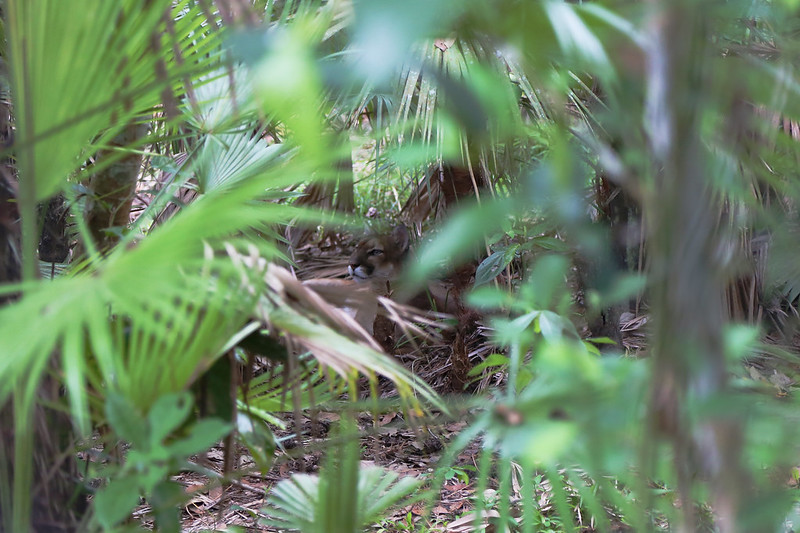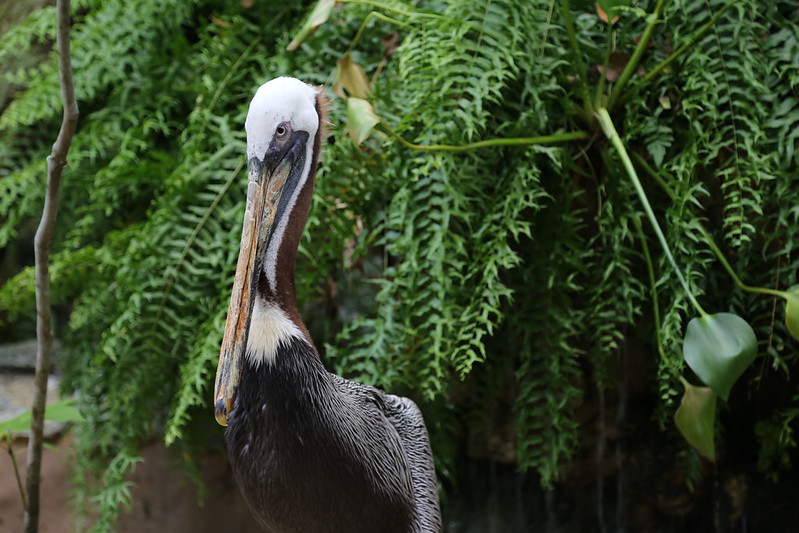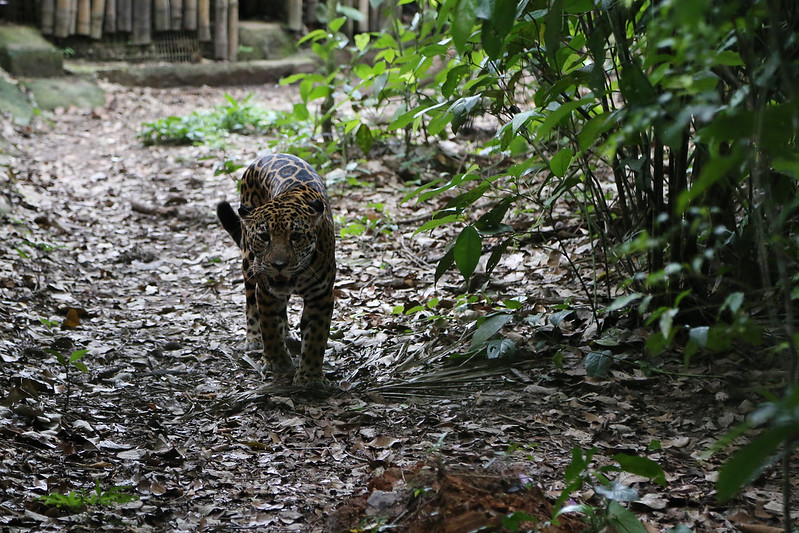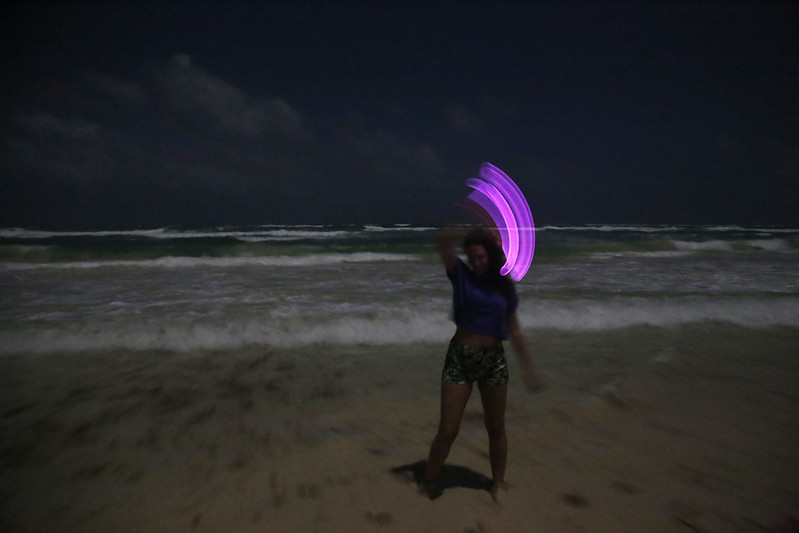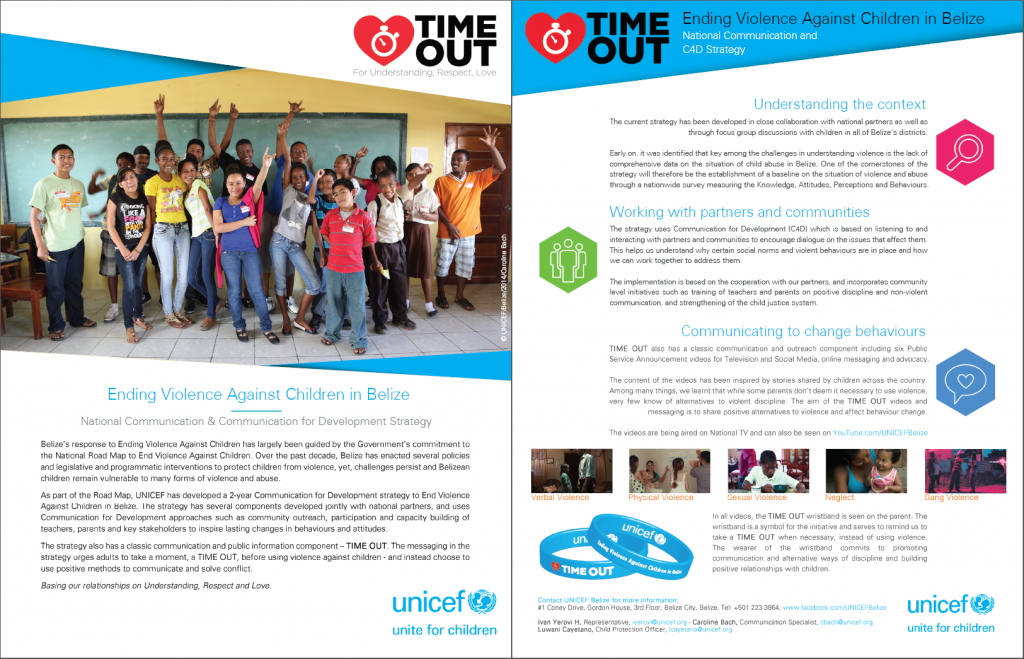Other things I do for work: Participation, C4D and Rights.

Here are some photos from a workshop I facilitated in May as part of UNICEF’s support to the Belize Special Envoy for Women and Children.
It was a fun exercise where we tested the information booklet that the Special Envoy’s office has developed about Children’s Rights, and I got free hands to use different methods with children in two different school in Belize City – one public school and one private school. The aim was to hear from the children what they thought of the book and if the messages were clear, to see how the book can be used in a more interactive and participatory way, and to hear from them about any suggestions, ideas or changes to the content – and to let them decide on its final name. My favourite part was when we were talking about the rights of children with disabilities, and we played a game where the children were split into teams and I asked them to come up with something fun to do with a girl who had volunteered to be in an imaginary wheel chair – the teams started off with simple hand clapping and word games, but we spoke a bit more about things such as the paralympics and other people that the children had seen on TV or elsewhere, and soon enough the kids decided that children with disabilities can be involved more complicated games as long as everybody helps out and participates.
“I really liked to play hide and seek with the last team, they made me feel like I was an important friend to them and like it didn’t matter that I was in a wheel chair. I think we should talk about this more at school.”
Working on communication tools and strategies and campaigns with partners and professionals is one thing, but getting to actually listen to children, play with them, and understand their reality – now that’s where the real value is in understanding the situation and those crucial little details in a cultural context. C4D, I’m forever your fan.
